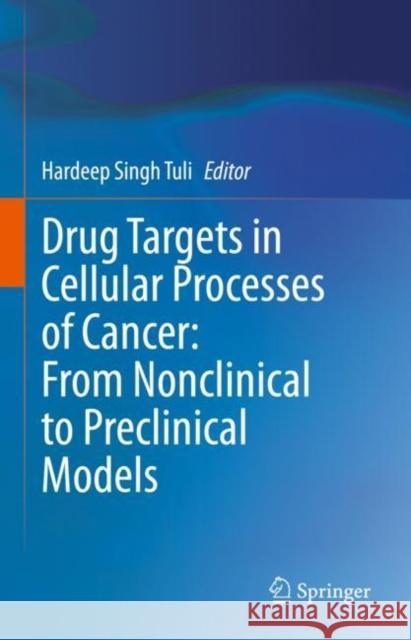Drug Targets in Cellular Processes of Cancer: From Nonclinical to Preclinical Models » książka
topmenu
Drug Targets in Cellular Processes of Cancer: From Nonclinical to Preclinical Models
ISBN-13: 9789811575853 / Angielski / Twarda / 2020 / 228 str.
Drug Targets in Cellular Processes of Cancer: From Nonclinical to Preclinical Models
ISBN-13: 9789811575853 / Angielski / Twarda / 2020 / 228 str.
cena 402,53
(netto: 383,36 VAT: 5%)
Najniższa cena z 30 dni: 385,52
(netto: 383,36 VAT: 5%)
Najniższa cena z 30 dni: 385,52
Termin realizacji zamówienia:
ok. 22 dni roboczych
Dostawa w 2026 r.
ok. 22 dni roboczych
Dostawa w 2026 r.
Darmowa dostawa!
Kategorie BISAC:
Wydawca:
Springer
Język:
Angielski
ISBN-13:
9789811575853
Rok wydania:
2020
Wydanie:
2020
Ilość stron:
228
Waga:
0.45 kg
Wymiary:
23.88 x 19.56 x 1.27
Oprawa:
Twarda
Wolumenów:
01











